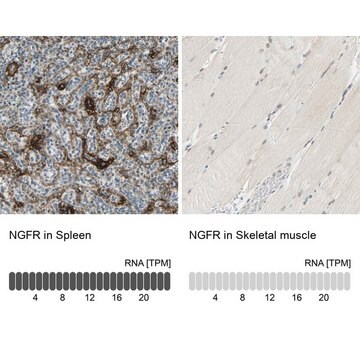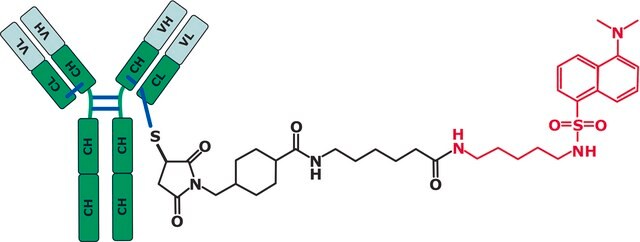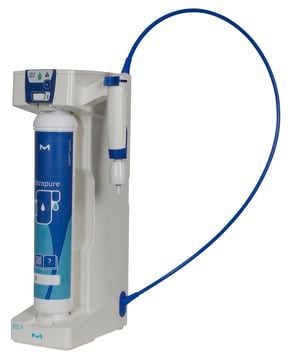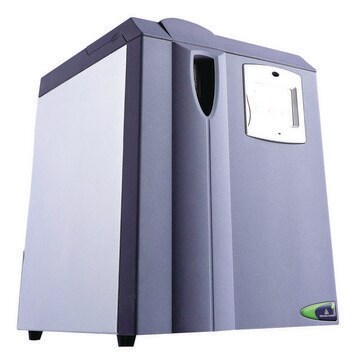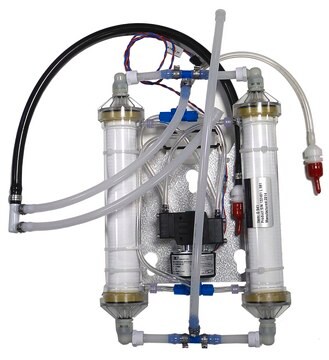MABN310
Anti-G-protein coupled receptor 56 (GPR56) Antibody, clone H11
clone H11, from mouse
Synonim(y):
G protein-coupled receptor 56, 7-transmembrane protein with no EGF-like N-terminal domains-1, Protein TM7XN1, G-protein coupled receptor 56
About This Item
Polecane produkty
pochodzenie biologiczne
mouse
Poziom jakości
forma przeciwciała
purified antibody
rodzaj przeciwciała
primary antibodies
klon
H11, monoclonal
reaktywność gatunkowa
mouse
reaktywność gatunkowa (przewidywana na podstawie homologii)
human (based on 100% sequence homology)
metody
immunocytochemistry: suitable
immunohistochemistry: suitable
western blot: suitable
izotyp
IgG1κ
numer dostępu NCBI
numer dostępu UniProt
Warunki transportu
wet ice
docelowa modyfikacja potranslacyjna
unmodified
informacje o genach
human ... GPR56(9289)
Opis ogólny
Immunogen
Zastosowanie
Immunocytochemistry Analysis: A representative lot was used by an independent laboratory in meningeal fibroblasts (MFs). (Luo, R., et al. (2011). Proc Natl Acad Sci U S A. 108(31):12925-12930.)
Neuroscience
Adhesion (CAMs)
Jakość
Western Blot Analysis: 0.5 μg/mL of this antibody detected G-protein coupled receptor 56 in 10 µg of brain tissue lysate from E13-E14 mouse.
Opis wartości docelowych
Postać fizyczna
Przechowywanie i stabilność
Komentarz do analizy
Brain tissue lysate from E13-E14 mouse
Inne uwagi
Oświadczenie o zrzeczeniu się odpowiedzialności
Nie możesz znaleźć właściwego produktu?
Wypróbuj nasz Narzędzie selektora produktów.
Kod klasy składowania
12 - Non Combustible Liquids
Klasa zagrożenia wodnego (WGK)
WGK 1
Temperatura zapłonu (°F)
Not applicable
Temperatura zapłonu (°C)
Not applicable
Certyfikaty analizy (CoA)
Poszukaj Certyfikaty analizy (CoA), wpisując numer partii/serii produktów. Numery serii i partii można znaleźć na etykiecie produktu po słowach „seria” lub „partia”.
Masz już ten produkt?
Dokumenty związane z niedawno zakupionymi produktami zostały zamieszczone w Bibliotece dokumentów.
Nasz zespół naukowców ma doświadczenie we wszystkich obszarach badań, w tym w naukach przyrodniczych, materiałoznawstwie, syntezie chemicznej, chromatografii, analityce i wielu innych dziedzinach.
Skontaktuj się z zespołem ds. pomocy technicznej
